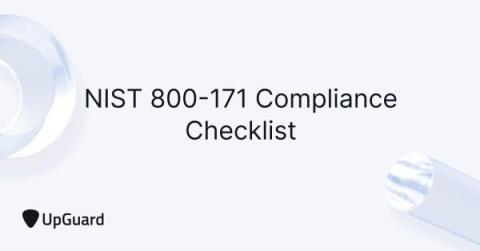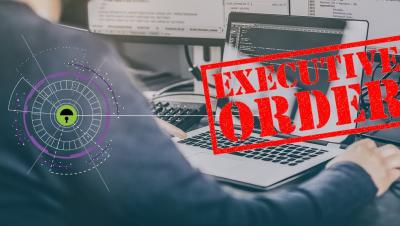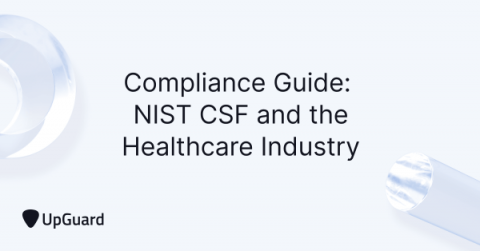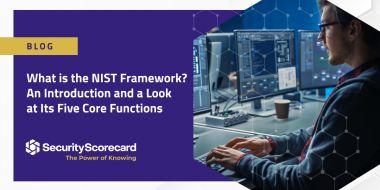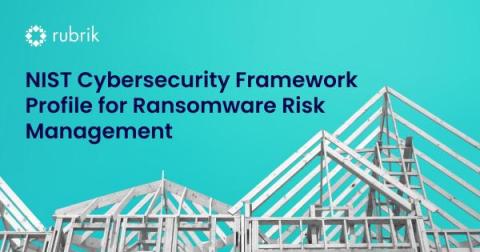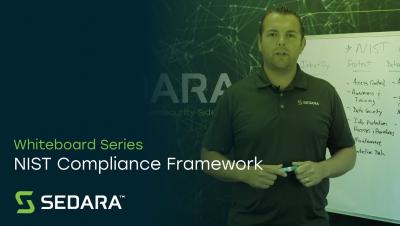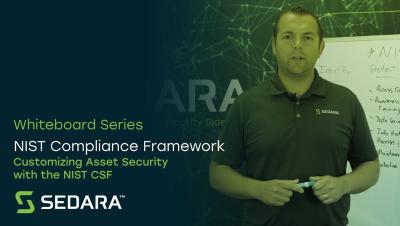NIST 800-171 Compliance Checklist (Free)
NIST compliance is mandatory for any entity and service provider processing Controlled Unclassified Information (CUI) on behalf of the US Federal Government. Given the substantial risk to national security if this sensitive data is exploited and the high potential of its compromise through supply chain attacks, the range of organizations expected to comply with this cybersecurity regulation is intentionally broad.


